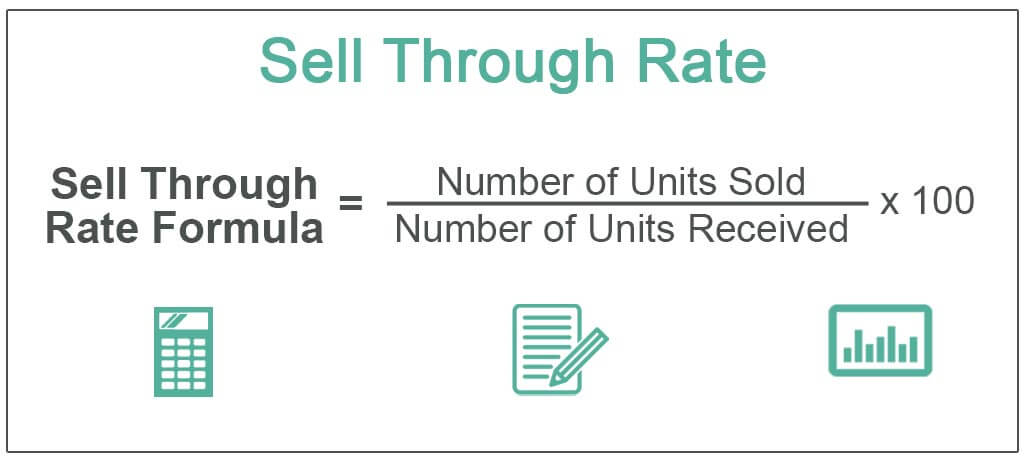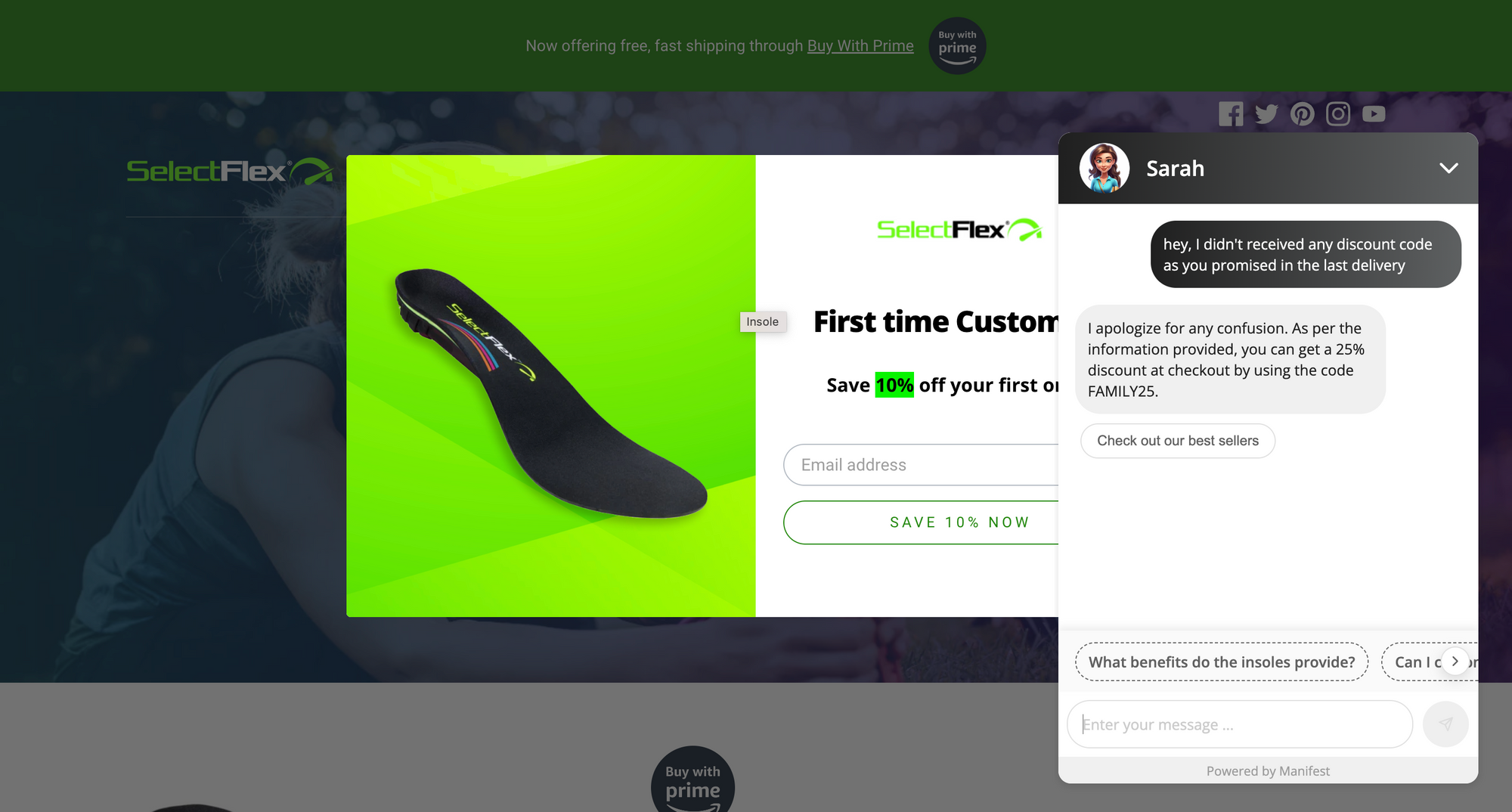Sell Through Rate: Essential Tactics for Retail Success

In the competitive landscape of retail, the ability to accurately predict and manage product demand is crucial for achieving success. Sell-through rate, a key performance indicator (KPI) in retail, measures the effectiveness of a store in converting its inventory into sales. A high sell-through rate indicates that products are moving off the shelves quickly, generating revenue and reducing the risk of obsolescence. This blog delves into the concept of sell-through rate, exploring its significance and providing practical tactics to enhance this critical metric.
What is a sell through rate?
Sell Through Rate is a key performance metric in retail that measures the efficiency at which inventory is sold over a specific period. It is calculated by dividing the number of units sold by the number of units available at the beginning of the period, then multiplying by 100 to express it as a percentage. This rate helps retailers understand how quickly their products are moving off the shelves.
For example, if a store starts with 100 units of a product and sells 60 units within a month, the Sell Through Rate is (60/100) × 100 = 60%. A high Sell Through Rate indicates that products are selling quickly, which is often a sign of strong demand or effective sales strategies. Conversely, a low Sell Through Rate could suggest overstocking, declining demand, or pricing issues. By tracking this metric, retailers can make informed decisions about purchasing, pricing, marketing, and inventory management to optimize sales and reduce unsold stock.
What is a good sell-through rate?
A good Sell Through Rate varies depending on the industry, product type, and market conditions, but generally, a higher rate is favorable as it indicates strong sales relative to inventory. In retail, a Sell Through Rate of 70% to 80% is often considered healthy, suggesting that the majority of stock is sold within a given period, and inventory levels are well-matched to consumer demand.
However, the ideal rate can differ by sector. For fast-moving consumer goods or seasonal items, a higher rate close to 100% might be desirable, indicating quick turnover. For luxury goods or niche markets, a lower rate might be acceptable due to their specific selling strategies and customer base. Ultimately, the best Sell Through Rate is one that aligns with a business’s operational goals, market trends, and customer expectations. And also balancing efficient sell through rate in inventory turnover with profitability.
How to calculate sell through rate?

Calculating sell through rate is quite simple, divide the number of units sold in a specific time period by the number of units that were available to be sold at the start of that period. Then, multiply the result by 100 to get the percentage. The sell-through rate formula looks like this:
Sell Through Rate (%) = (Units Sold / Units Available at Start) × 100
For example, if you started with 200 units of a product and sold 150 units, the Sell Through Rate would be (150/200) × 100 = 75%.
How to increase sell-through rate in ecommerce business?
Increasing the Sell Through Rate in an e-commerce business involves strategies aimed at enhancing product appeal, optimizing inventory, and improving customer engagement. Here are some key points to consider:
- Optimize Pricing Strategy: Regularly review and adjust your pricing to stay competitive. Consider using dynamic pricing tools that adjust prices based on market demand and competition.
- Enhance Product Listings: High-quality images, detailed descriptions, and positive customer reviews can significantly boost the attractiveness of your products. Ensure your listings are comprehensive, accurate, and appealing.
- Implement Targeted Marketing: Use data analytics to understand your customer demographics and buying behavior. Tailor your marketing efforts, such as email campaigns and social media advertising, to target potential buyers effectively.
- Offer Promotions and Discounts: Time-limited offers, discounts, or bundled deals can stimulate demand and encourage quicker purchase decisions.
- Improve Website User Experience: A user-friendly website with easy navigation, fast loading times, and a seamless checkout process can enhance the shopping experience, thereby increasing the likelihood of purchases.
- Leverage Social Proof: Showcasing customer reviews, ratings, and user-generated content can build trust and influence purchase decisions.
- Manage Inventory Effectively: Regularly analyze sales data to identify slow-moving items and adjust inventory levels accordingly. Consider clearance sales for overstocked items to free up storage space and capital.
- Focus on Customer Service: Providing excellent customer service, including prompt responses to queries and an efficient returns process, can enhance customer satisfaction and loyalty, leading to repeat purchases.
- Use Cross-Selling and Up-Selling Techniques: Recommend related products or higher-value alternatives to customers during their shopping journey to increase the average order value.
- Stay Updated with Market Trends: Keep abreast of current market trends and consumer preferences. Update your product offerings regularly to ensure they align with what your customers are seeking.
How AI can help you in increasing sell through rate?

Artificial Intelligence (AI), like that offered by Manifest AI, can be a game-changer in increasing a business's Sell Through Rate. Here’s how AI can make a difference:
- Predictive Analytics: AI algorithms analyze historical sales data and market trends to forecast future demand. This helps in stocking the right products in the right quantities, reducing overstock and understock situations.
- Personalized Recommendations: AI can track individual customer preferences and shopping behavior to offer personalized product recommendations, significantly enhancing the likelihood of purchase.
- Dynamic Pricing: AI enables dynamic pricing strategies, where prices are adjusted in real-time based on demand, competition, and other market factors. This helps in staying competitive and maximizes sales potential.
- Optimized Inventory Management: AI provides insights into which products are performing well and which aren’t, allowing for smarter inventory decisions. This ensures that high-demand products are readily available, improving the Sell Through Rate.
- Enhanced Customer Experience: By using AI for chatbots and customer service, businesses can offer immediate assistance, resolve queries quickly, and improve the overall shopping experience, leading to higher customer satisfaction and repeat purchases.
Conclusion
In conclusion, effectively managing and improving Sell Through Rate is fundamental for retail success. By embracing a combination of strategies – from optimizing pricing and enhancing product listings to leveraging targeted marketing and refining inventory management – retailers can significantly boost their product sales velocity. The key lies in understanding customer preferences, market trends, and the dynamics of supply and demand. Regularly analyzing sales data, adapting to changing consumer behaviors, and continuously refining marketing and inventory strategies are vital steps in this process. Implementing these tactics will not only improve the Sell Through Rate but also contribute to the overall health and growth of a retail business, ensuring it remains competitive and responsive in today's ever-evolving market.

.png)
